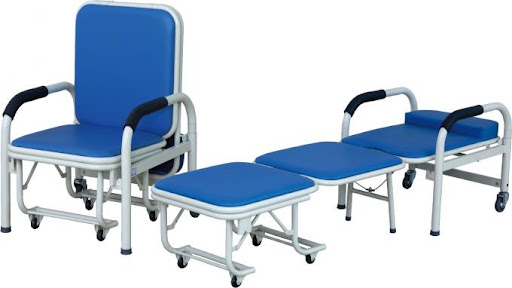During a hospital stay, portable chairs are used to transport patients for diagnostic and therapeutic purposes
The number of people who are using healthcare
is increasing. Surgical procedures and other treatments that require patients
to be immobile are common in healthcare. A portering chairs are used in these
situations to make movement easier. In recent years, the global portering chairs
have been steadily increasing, and this trend is expected to continue in the
coming years.
One of
the main drivers of growth is the increasing number of people who are using
healthcare. The geriatric population, in particular, requires more attention.
Walking is difficult for most senior citizens due to their age and other health
issues. As a result, when they visit a hospital, they may require portering
chairs. Simultaneously, technological advancement has resulted in
innovation in wheelchairs. They are now accessible to people with
disabilities. Portering chair is becoming more user-friendly, thanks to
navigation devices and voice commands. These factors bode well for the global
portering chair.
Portering
chairs are used to transport patients in the hospital for therapeutic or
diagnostic purposes, as well as to specialized units such as the Emergency
Department (ED), Intensive Care Unit (ICU), and operating rooms. Patients with
diseases such as neurological conditions, kyphosis, oedemas legs and/or fluid
build-up, stiffness or fixtures at the hips, and limited extension at the knees
may benefit from a portering chair.
A
porter chair allows your client to be in the same room as family or friends
while still being able to communicate and interact freely with them. It may
also enable them to complete whatever activities they value. A key trend
driving demand for portering chairs in healthcare applications is the rise in
the patient population suffering from sports injury-related mobility problems
in various parts of the world.
There
has been a noticeable increase in the number of patients of all ages with
sports-related injuries in hospital emergency rooms in recent years,
particularly in developed regions.




Comments
Post a Comment